Panoramic Photo Above:
Forbes Field, Pittsburgh

Baseball History Comes Alive Now Ranked As a Top Five Website by Feedspot Among All Baseball History Websites and Blogs!
(Check out Feedspot's list of the Top 35 Baseball History websites and blogs)
Guest Submissions from Our Readers Always Welcome! Click for details
Scroll Down to Read Today’s Essay
Subscribe to Baseball History Comes Alive for automatic updates. As a Free Bonus, you’ll get instant access to my Special Report: Gary’s Handy Dandy World Series Reference Guide!
Today Vince Jankoski returns with an eye-opening, detailed look at the career statistics of forgotten star Eddie Yost. As usual, Vince has done his homework. How can I call a career .254 hitter a “forgotten star”? It’s easy. Eddie played 18 years in the Bigs and compiled a .394 on-base percentage, leading the league twice in that category (.435 in 1959 and .414 in 1960). Read Vince’s essay and see if you agree with me. -GL
Another Edition of Baseball’s Forgotten Stars:
Eddie Yost
Baseball is a game of percentages. If you can beat the percentages, you’ve got a good shot at winning the game. Whenever a batter comes to the plate, the odds are that he makes an out. If he does not make an out, he beats the percentages and increases his team’s chances of victory. With that in mind, consider Eddie Yost.
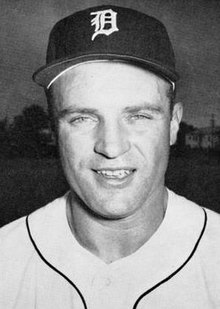
In 1956 Eddie Yost walked 151 times. That is, he beat the odds in each one of those 151 plate appearances. Up to that time, only Babe Ruth and Ted Williams had walked more times in a single season. Today, Yost’s 151 bases on balls in one year is tied with Barry Bonds for 9th place on the all-time list for most walks in a single season, surpassed only by Bonds (3 times), Williams (3 times), Ruth, and Mark McGwire.
From 1946 to 1954 only two players led the American League in walks: Ted Williams (1946-49, 1951, and 1954) and Eddie Yost. Yost led in 1950 when Williams was injured for a good part of the season and in 1952 and 1953 when Williams was off fighting in Korea. From 1955 to 1962 only two players led the American League in walks: Mickey Mantle (1955, 1957-58, 1961-62) and Eddie Yost (1956, 1959-1960).
Mantle and Williams were feared hitters. Yost was a .254 career hitter with 139 home runs in 9,175 plate appearances. His career slugging average was .372. His OPS+ and WAR were 109 and 35, respectively. For his career, Mantle hit .298, slugged .557, had an OPS+ of 172, and a WAR of 110.2. The comparable numbers for Williams are .344, .634, 191, and 121.8.
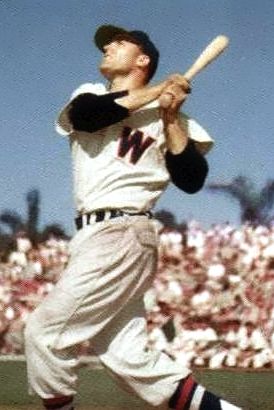
Ok. You can say that Yost led the league in the early 1950s whenever Williams did not play a full season. Fair enough. But Williams was not the only good hitter worthy of free passes in the AL in the early 50’s. In 1950, 23 AL players, including Williams hit over .300, led by Billy Goodman’s .354. Twenty-seven batters batted higher than Yost. Yost walked more than home run leader Al Rosen and future Hall of Famers Joe DiMaggio, Yogi Berra, and Bobby Doerr.
In 1952, Yost outwalked home run leader Larry Doby, and .300 hitters Rosen, Mantle, and Gene Woodling despite hitting only .233 himself. And in 1953, Yost out-walked near triple crown winner Rosen (43 HRs, 145 RBIs, .336 BA) and batting champion and teammate Mickey Vernon. And how about 1956? Mantle won the Triple Crown that year, but pitchers walked Yost more frequently (151-112). Yost’s batting average that year was .231. Mantle’s was .353. Williams was not far behind Mantle at .345. Yet, Yost walked more often than either Hall of Famer.
Moreover, Yost walked more often than Williams in 1956, 1959, and 1960, years in which Williams was healthy and not in the military. Yost walked more often than Mantle in 1952-54, 1956, and 1959-60.
Yost’s comparators, Williams and Mantle, were walk machines. Mantle led the league 5 times and drew over 100 walks in 7 out of 8 consecutive seasons. Williams led the league 8 consecutive years that he played full seasons. Yet, Yost was comparable.
Speaking of Yost’s comparators, Yost’s career on-base percentage was .394. He beat the odds, thereby enhancing his team’s chances of winning nearly 40& of the times he came to the plate. Williams’ career OBP was .482. Mantle’s was .421. But Yost’s .394 is higher than contemporaries Frank Robinson (.389), Minnie Minoso (.389), Willie Mays (.384), Duke Snider (.380), Eddie Mathews (.376), Al Kaline (.376), and Hank Aaron (.374), Hall of Famers all. Yost’s career OBP is also higher than dead ball era immortals Honus Wagner (.392), Willie Keeler (.388), and Nap Lajoie (.381). Yost’s career OBP is higher than Hall of Famers who played in the hitting crazy 1920s and ’30s Bill Terry (.393), Al Simmons (.380), and George Sisler (.379). Hall of Famers who mostly played after Yost’s retirement don’t have OBP as high as Yost. Consider Rod Carew (.393), Joe Morgan (.392), Tony Gwynn (.388), Mike Schmidt (.380), Carl Yaztremski (.379), Harmon Killebrew (.376), Willie McCovey (.374), Ken Griffey, Jr. (.370). If you wish to consider Pete Rose in this category, he comes in at .375. Finally, future Hall of Famers Bryce Harper (.391) and Freddie Freeman (.389) do not favorably compare with Yost’s OBP.
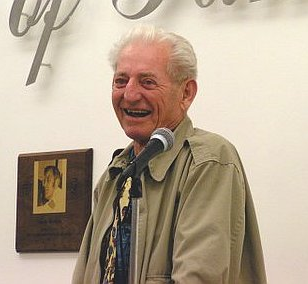
The argument can be made that Yost played most of his career with the Washington Senators, a/k/a, Nationals. They were a weak-hitting team. Opposing hurlers could pitch around Yost without worrying about the rest of the lineup driving him home. The same could be said about Williams in the late 1950s. By then the Red Sox had a middle-of-the-pack line-up with not much to back up Williams.
Moreover, Washington did not have a totally anemic line-up during this time. In 1956, the year of Yost’s highest walk total, the Senators had some competent batters to follow Yost in the lineup. First baseman Pete Runnels hit .310 and catcher Clint Courtney batted .300. Roy Sievers hit 29 home runs and Jim Lemon hit 27. Backup catcher Ed Fitzgerald hit. 304. Future Hall of Famer Harmon Killebrew was brought up and came to the plate 110 times. Giving Yost, the lead-off batter, a free pass was not without danger.
Furthermore, Yost also led the league in 1959 and 1960. By 1959, he was playing in Detroit in the same lineup as Al Kaline, Charlie Maxwell, and Harvey Kuenn in 1959. In the off season, Kuenn was traded for Rockey Colavito, and Norm Cash joined the team. So, why pitch around a career .254 batter with fine hitters to back him up?
I am not pushing Yost for the Hall of Fame. However, if there were a Hall of Fame for overlooked and underrated ballplayers, Yost would be a strong candidate.
Eddie Yost passed away on October 16, 2012, at age 86 in Weston, MA.
Vince Jankoski
Subscribe to our website, Baseball History Comes Alive with over 1500 fully categorized baseball essays and photo galleries, now surpassing the one million hits mark with over 1,202,000 hits and over 950 subscribers: https://wp.me/P7a04E-2he
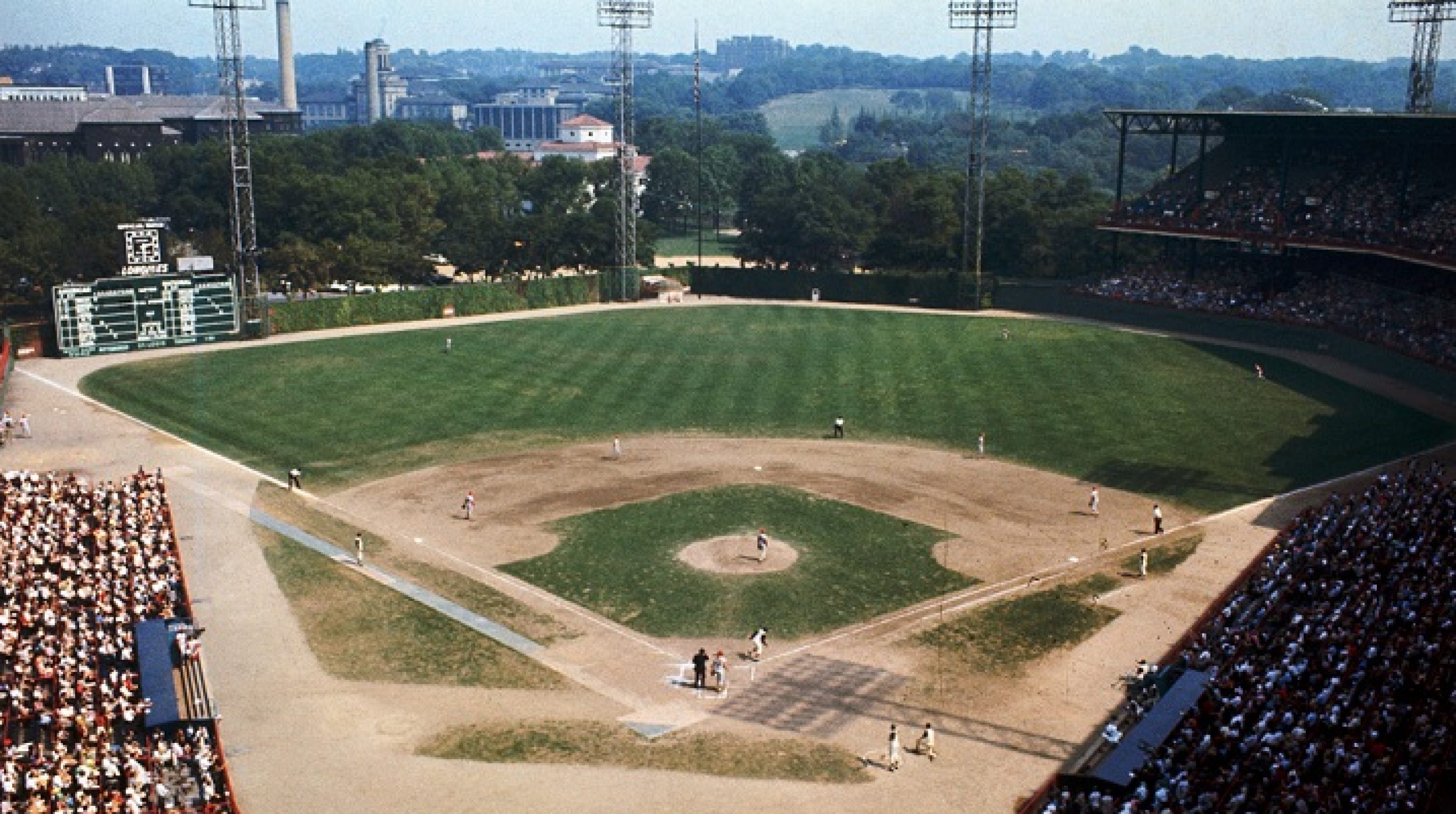
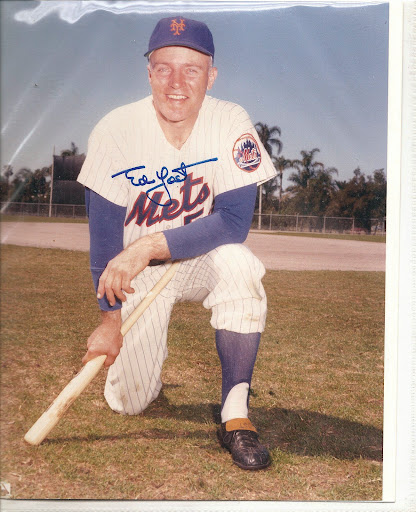

I remember Eddie “The Walking Man” Yost from when I was a kid, but did not know his ability for getting on base via the free pass was so phenomenal and, frankly, seemingly out of whack.
What explanation is there? Does anyone speculate on why pitchers avoided throwing strikes to him, or why umpires consistently seemed to give the close calls to Eddie? Genuinely perplexing.
This is another in Vinca Jankoski’s excellent series. Thanks to all at BHCA!
Thanks Tom!
This is a great, detailed essay by Mr. Jankoski. Well done, sir. Thnx for posting it, Gary. Of special interest to me, was the fact that Yost’s season BB total of 151 {9th all-time} was surpassed only by renowned HR and power hitters {Ruth, Bonds, Williams and McGwire}. As Yost was not known as a guy that hit for that much power {only 139 career HR}, that statistic is indeed interesting. {Plus the fact that Bonds & McGwire played their whole career in a 162 game season}. Yost; undoubtedly, must have had a keen eye of the strike zone. Also interesting is his lofty .394 OBP, which surpassed that of so many HOFers. “PLAY BALL” !
Thanks Tom!
Maybe not Baseball Hall of Fame, but definitely Rock ‘n’ Roll HOF:
https://m.youtube.com/watch?v=6-TwKPdJMBI
Walk ‘n’ Roll?
👍….😆
Could also include:
Aerosmith’s “Walk this way”.
“Walk like a man”—Frankie Valli & The 4 Seasons
“Walk on By”—Dionne Warwick
“Walk—Foo Fighters
and with the bases loaded:
“Walk me home”—Pink
And, not to forget :
“Walk Don’t Run”- The Ventures
“Sleep Walk”- Santo and Johnny
“I Walk The Line” – Johnny Cash
“”Walk Of Life” – Dire Straits
“Walk Away” The James Gang
And for the encore :
“Walk” Me Baby….”Walk” Me All Night Long
Muddy Waters
If Eddie Yost knew what he had inspired, he might have done a “Moonwalk” to 1st base.
You guys are a riot…especially Doyle!